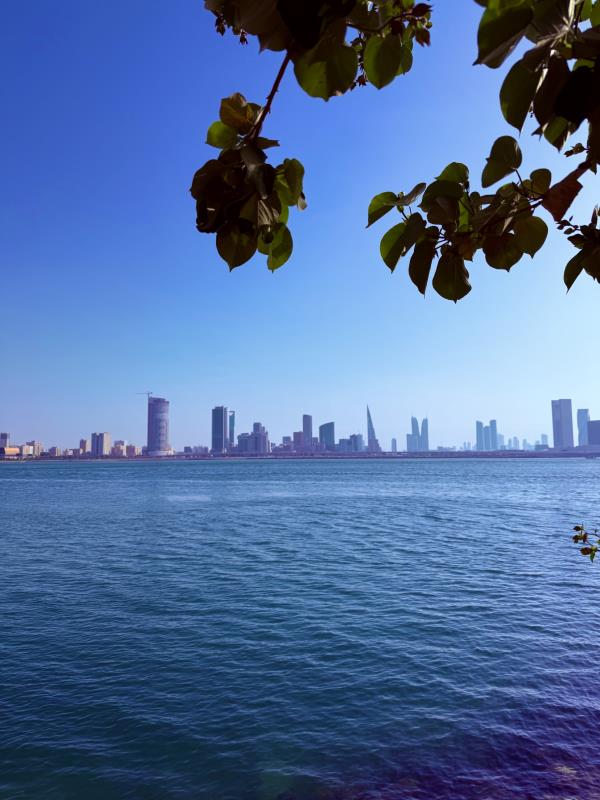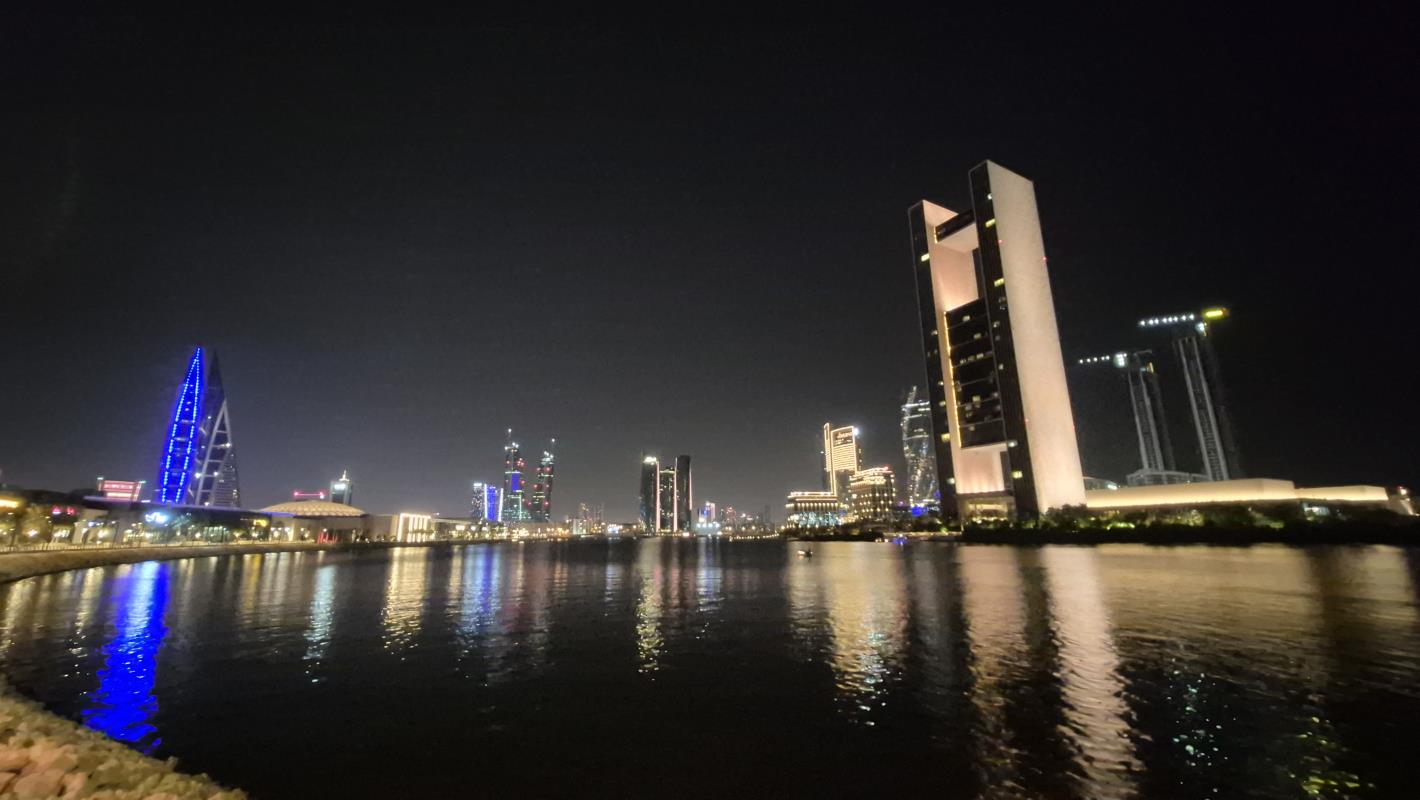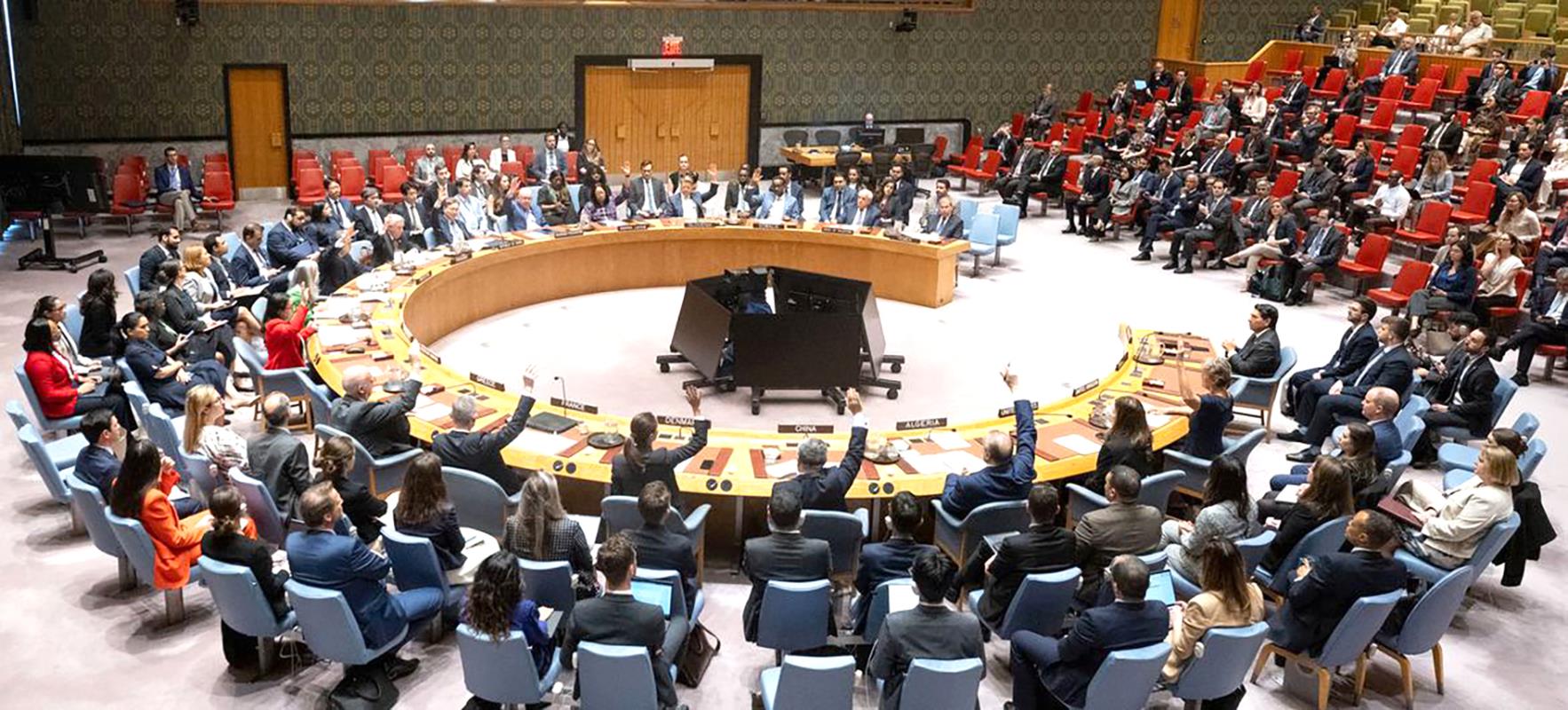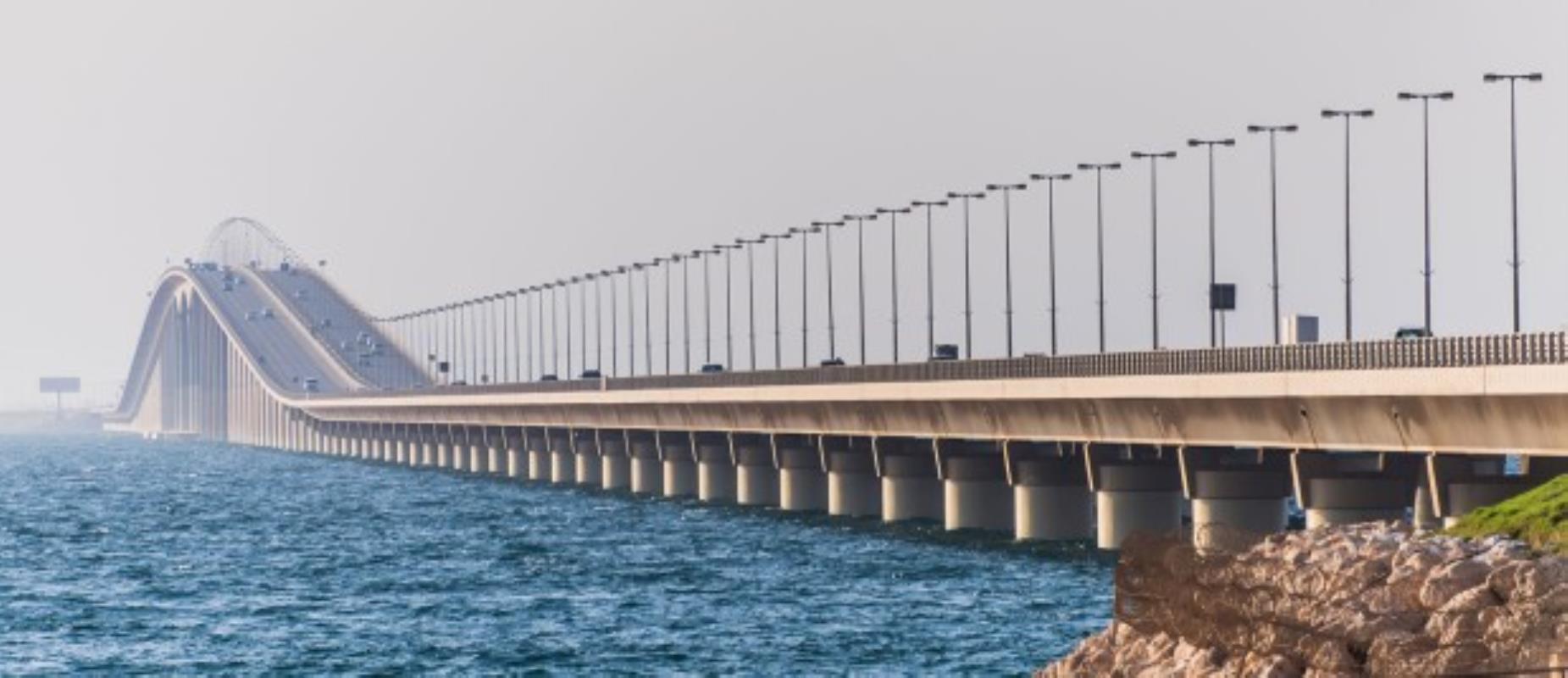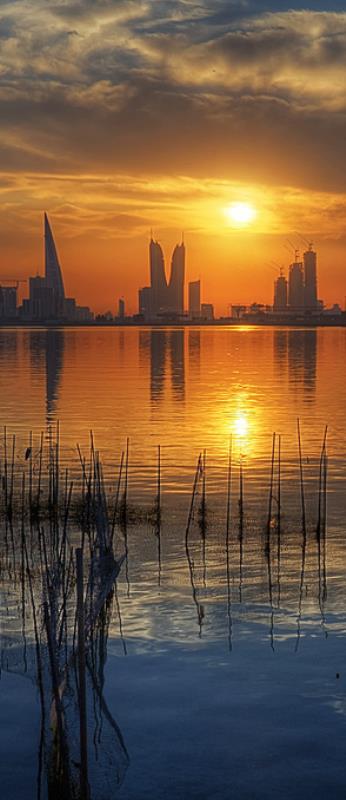
What does imaginative scenario planning tell us about Asia's future?
Futures Imagined exhibit at the ArtScience Museum was that it made a radical scenario - Singapore as a high-rise Venice, with canals, hanging gardens and vertical farming - appear entirely plausible. But 2219 could well be 2119, or even sooner.
I have frequently noticed this paradox in scenario-planning exercises. A decade ago, while advising the US National Intelligence Council's Global Trends 2030 programme, the team posited a future in which urbanisation, technology and capital accumulation had brought about a landscape in which cities, federal governments, provincial authorities and corporate supply chains compete for influence across various enclaves and legal zones. My response: This is the world of 2013, not 2030.
From remote work to travel bubbles, the pandemic has taught us to speed up our acceptance of the "next normal". Singapore's own "30 by 30" plan to generate 30 percent of its fish and vegetable consumption through local aquaponic farming by 2030 has been brought forward to 2023.
When conjuring up visions for the Asia of 2050, two lessons from countless scenario exercises are essential to bear in mind.
Lessons from scenarios
First, we must be imaginative. History is accelerating. Technologies from artificial intelligence to gene therapy are evolving far more rapidly than we previously thought, and are colliding in novel and unexpected ways.
Second, we must embrace complexity. The chain reactions across economics, geopolitics, climate and demographics make a mockery of linear projections.
Two decades ago, when the United States invaded Afghanistan and Iraq, pundits were quick to declare an eternal extension of American "hyperpower". Yet here we are, nearly 20 years into the spectacular delegitimation of the Anglo-American system.
Meanwhile, Europe, which even Western analysts dismissed as a geopolitical museum, has embarked on a fiscal compact to match its monetary union, trades more with Asia than it does with the US, and leads the world in climate-resilient investments. Any holistic approach to measuring power and influence does more than look at military assets.
Similarly, in recent years, commentators have been far too quick to project that China's Belt and Road Initiative (BRI) heralded the inevitable return of the Ming dynasty's tributary system of hierarchy across Asia. But rather than resurrect a Chinese version of the British East India Company (another common analogy for the BRI), strong backlash has already eroded China's ability to coerce.
Major powers such as the US, Japan, Australia and Europe have erected significant barriers to Chinese investment while demanding reciprocal market access, formed a "Quad" coalition of navies to maintain a free and open Indo-Pacific region, and are working with weaker states to offer alternative lifelines of credit to dilute China's "debt trap" diplomacy.
Both cases embody geopolitical complexity: The reaction to one power's actions proves to be more decisive than that power's original action. What it took the British nearly 300 years to learn, China is experiencing in the span of three years. China has told us what it wants its place to be in 2049. History will have a different opinion.
Envisioning Asia's future by way of linear projection is therefore dangerous and so too is using static analogies and antiquated theories. Western history teaches that unipolar orders are more stable, but Asia's 4,000 years of history have been almost exclusively multipolar, with diverse and dispersed civilisations focusing on commercial ties and cultural exchange rather than conflict.
The most recent power to violate that norm was 20th-century Japan, an experience of which China is well aware. Indeed, with more neighbours than any other country in the world, China is even more deeply enmeshed in the region and knows it cannot win a 14-front war.
Extreme scenarios grab headlines: US Hegemony 2.0, China Takes Over the World, New Cold War, or World War III. Take your pick. But if global history is any guide, we would be better served by drawing on precedents from Asia's broad past while infusing disruptive elements coming at us from the future.
As the world gravitates more towards regional constructs than frictionless globalisation, the most salient template harkens back to the pre-colonial world, namely the 15th- and 16th-century Afro-Eurasian system that spanned the Indian Ocean.
Today, once again, the Indian Ocean region is the centre of gravity in global trade, linking highly complementary regions from East Africa to Asean in an ever more fluid milieu. This is complemented by the revival of another pre-colonial artefact, the "Silk Roads" spanning from Arabia to the Far East.
The resurrection of this trans-regional connectivity has far more to do with the collapse of the Soviet Union three decades ago than the rise of China, hence we can expect these Silk Roads to flourish in all directions, irrespective of China's influence over the Asian system.
Variables for the future
Now let us infuse some unprecedented variables into our construct of the Asian future.
First, demographics. The world is headed not towards rampant overpopulation as many feared two decades ago, but rather a plateau of perhaps no more than nine billion people - followed by a rather precipitous collapse. China, Japan, South Korea, Singapore and other Asian nations are ageing rapidly and have fallen below replacement fertility levels. Their need to import foreign manpower is evident in Japan, which is now home to nearly three million foreigners, including legions of young Vietnamese and Indians. The country least known for welcoming outsiders has become an immigrant magnet.
China too has a very cautious approach towards immigrants, yet is also heavily importing South-east Asians to fill its labour shortages. We are witnessing a new era of Asian mass migrations from young to old societies, reinforcing the melting pot nature of the region.
Another driver of this demographic swirl: climate change. The estimated 10 million Indonesians working in Malaysia already represent the region's largest cross-border community. What will happen as rising sea levels engulf Indonesia's coastlines, drought scorches its agriculture, and heat effects broil its population?
No place is immune to climate effects, but Intergovernmental Panel on Climate Change models are more favourable towards upper peninsular Malaysia, Myanmar, Japan and Mongolia than equatorial latitudes. We should not be surprised to find tens of millions of Bangladeshis in northern Myanmar, and perhaps hundreds of millions of Chinese in Siberia decades from now.
Today's technological breakthroughs befit a world of people more on the move. We are moving from reliance on heavy and polluting hydrocarbon energy towards more localised renewable and alternative resources such as wind and solar ones. Thousands of satellites circulate in orbit and portable 5G base stations can be erected anywhere. A large share of the workforce is made up of telecommuters. There may still be tensions across Asia and globally. Armed interventions and land grabs may be the new territorial geopolitics. Access to climate oases may be restricted while others scavenge in a more neo-mediaeval landscape. Bio-therapies and other medical treatments could exacerbate inequality, both economic and genetic.
Singapore in a changing world
Where does all of this leave Singapore? The more unpredictable the future appears, the more individuals seek refuge in islands of stability, well-governed enclaves that offer the virtues of security and connection humans innately desire. Already we have enough housing stock to support a population of seven million or more if we so choose, and demographic transition makes higher immigration an eventual necessity.
At the same time, becoming a leader in sectors ranging from advanced manufacturing to vaccines requires fresh minds and knowledgeable technicians, as well as manpower to export innovations to a global society that constantly craves upgrades.
Singapore's success to date is owed in no small part to being prepared for a wide range of scenarios, equally paranoid about both threats implied in the proverb "come hell or high water". The future is almost never either/or; it is far more often both/and. That means it is neither all utopia nor all dystopia, not all hyper-globalisation, nor all hyper-localisation.
Our global system evolves the way humanity does, not through grand design or random accident but by adaptation to changing realities. The faster we react to an accelerating world, the better our chances of shaping the future to our benefit.



















































